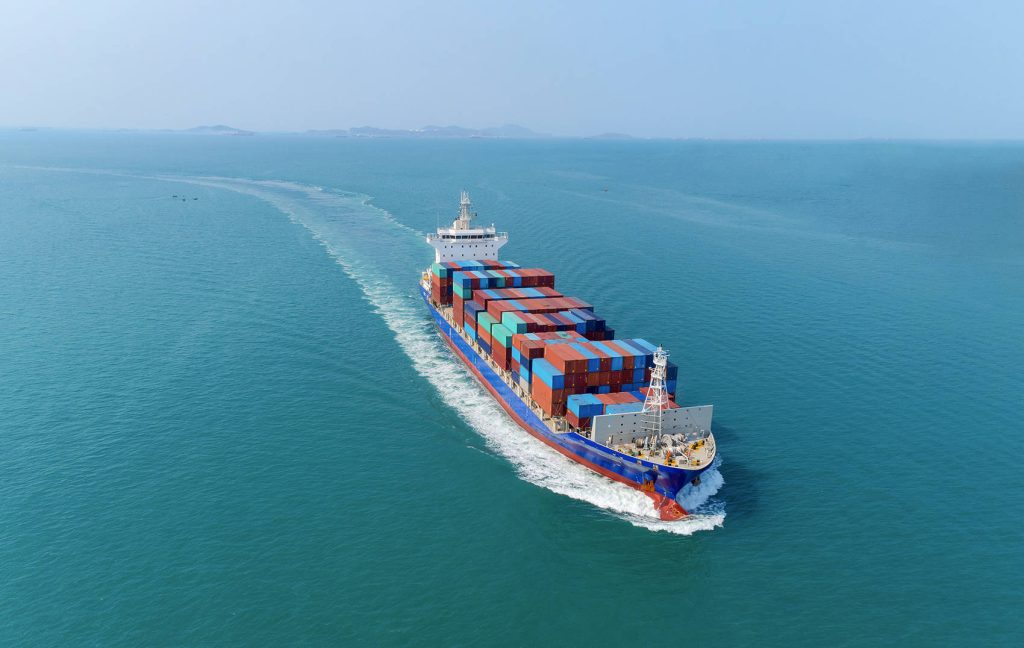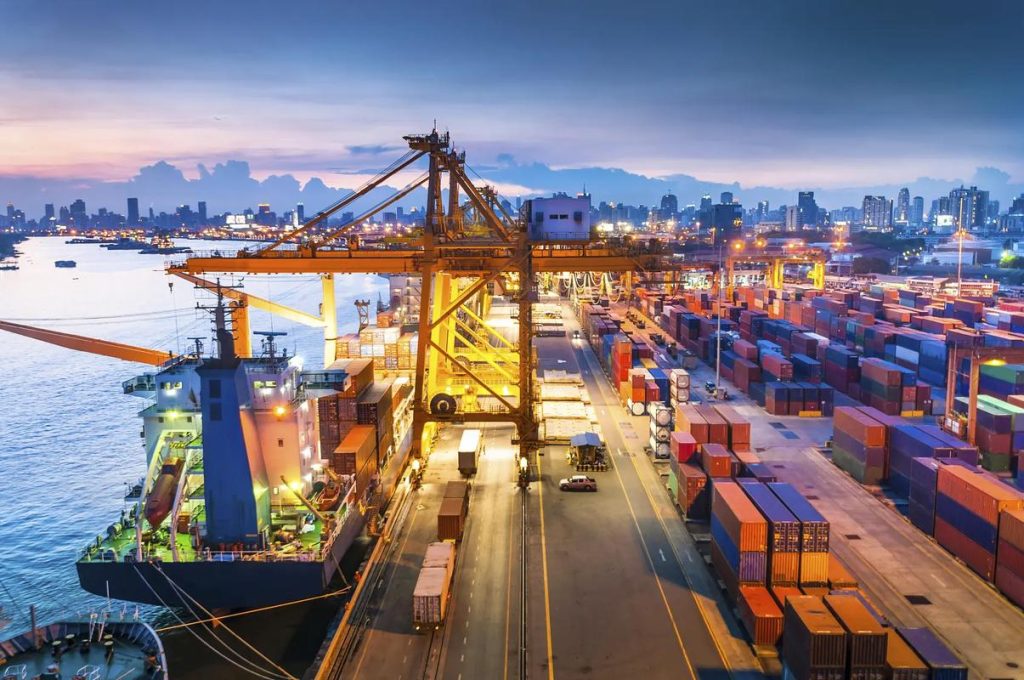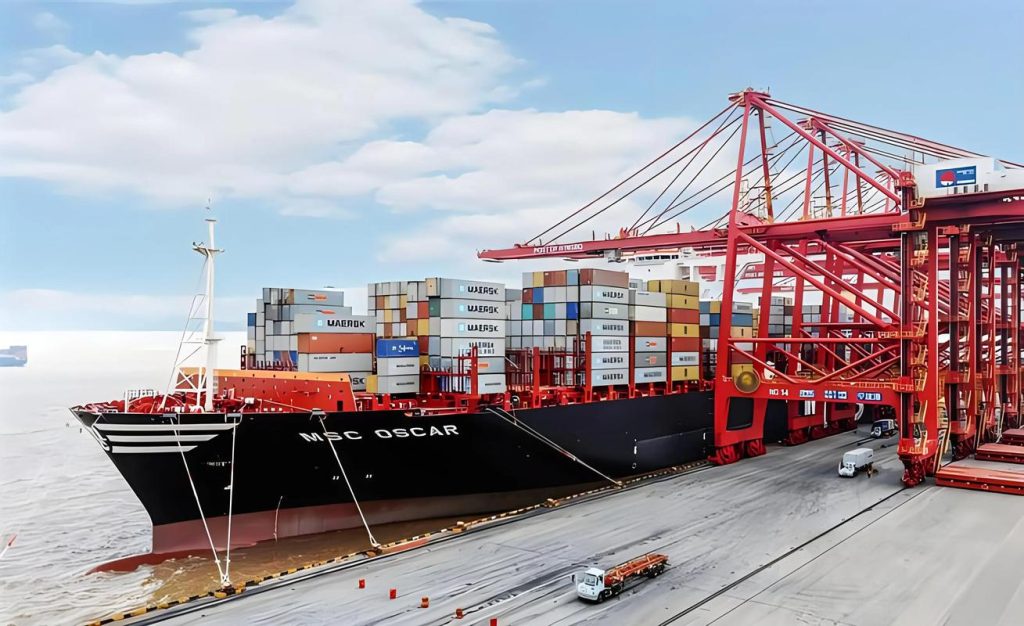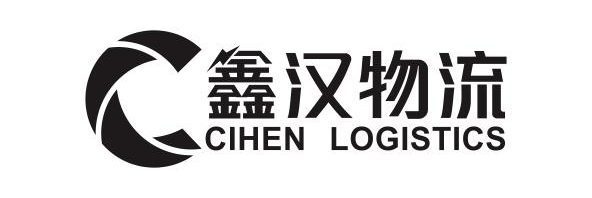


Professional China to Haiti freight forwarding services. Simplify customs clearance, optimize LCL/FCL shipping, and leverage technology for reliable logistics in compliance with Haitian regulations.
Introduction
The growing trade between China and Haiti creates demand for specialized freight forwarding solutions to address unique challenges such as limited port infrastructure, seasonal weather disruptions, and regulatory compliance. From electronics and machinery to agricultural imports, businesses require a strategic partner to navigate customs procedures, mitigate risks, and ensure timely delivery. This guide explores critical aspects of China-to-Haiti logistics, including transportation options, compliance requirements, and technology-driven strategies to optimize cross-border operations.
- Transportation Modes for China-Haiti Shipping
Selecting the right mode of transport balances cost, reliability, and cargo requirements in Haiti’s challenging environment.
- Ocean Freight: The primary option for bulk shipments, with transit times averaging 35–50 days via routes to Port-au-Prince. LCL (Less-than-Container Load) services reduce costs for smaller volumes, while FCL (Full Container Load) safeguards high-value goods from humidity or damage.
- Air Freight: Critical for urgent shipments like medical supplies or perishables, air cargo reduces transit to 7–10 days. However, limited cargo capacity and high tariffs make it suitable only for priority goods.
- Multimodal Transport: Combines ocean freight with road networks to reach inland areas, leveraging Haiti’s limited highway infrastructure for cost-effective last-mile distribution.
- Navigating Haitian Customs Compliance
Haiti’s customs authority, Direction Générale des Douanes (DGA), enforces strict regulations to prevent delays. Key requirements include:
- Documentation: Commercial invoices, packing lists, bills of lading, and certificates of origin must comply with Haitian standards.
- HS Codes: Accurate tariff classification under the Harmonized System (HS) avoids audits and penalties. For example, agricultural imports require phytosanitary certificates.
- Restricted Imports: Electronics, chemicals, and used machinery require permits or certifications. Partnering with a freight forwarder ensures adherence to DGA rules.
- Technology-Driven Logistics Efficiency
Modern freight forwarding integrates digital tools to overcome Haiti’s logistical hurdles:
- Real-Time Tracking: IoT sensors monitor shipments in real-time, providing updates on port delays at Port-au-Prince or weather disruptions.
- AI-Powered Risk Mitigation: Predictive analytics forecast hurricane season impacts (June–November) or customs holds, enabling proactive rerouting.
- Blockchain Documentation: Secure, digitized records streamline DGA clearance and reduce administrative errors in remote areas.
- Cost Optimization Strategies
Minimize expenses while maintaining service quality through:
- Consolidation: Combine shipments via LCL to lower freight costs per unit.
- Incoterms 2020 Compliance: Clarify duty responsibilities using terms like DDP (Delivered Duty Paid) or DAP (Delivered at Place).
- Sustainable Routing: Optimize fuel-efficient pathways and carbon offset programs to align with global ESG standards.
- Addressing Unique Challenges
- Language Barriers: Professional translators ensure precise documentation and communication with DGA officials.
- Infrastructure Limitations: Partner with local trucking operators familiar with Haiti’s rugged terrain and seasonal accessibility.
- Political Uncertainty: Monitor trade policies and sanctions to avoid disruptions.
FAQs
Q: How long does customs clearance take in Haiti?
A: With complete documentation and a trusted forwarder, clearance typically takes 24–48 hours.
Q: Can hazardous materials be shipped to Haiti?
A: Yes, but they require ADR-certified packaging, specialized labeling, and prior approval from DGA.
Q: What makes a freight forwarder essential for this route?
A: Expertise in Haitian regulations, risk mitigation strategies, and technology platforms ensures compliance, cost savings, and reliability.
Conclusion
China-to-Haiti freight forwarding requires a blend of regulatory expertise, technological agility, and climate-aware logistics. By collaborating with experienced forwarders, businesses can overcome logistical hurdles, ensure compliance, and build resilient supply chains. Whether shipping industrial equipment, consumer goods, or agricultural products, tailored solutions guarantee efficient cross-border operations aligned with Haitian and international standards.
Optimize Your China-Haiti Supply Chain Today
Partner with expert freight forwarding services to streamline customs clearance, reduce costs, and enhance delivery reliability for your China-Haiti trade.
Keywords integrated: China to Haiti freight forwarder, international shipping services, customs clearance Haiti, LCL/FCL shipping, DGA compliance, sustainable logistics.
